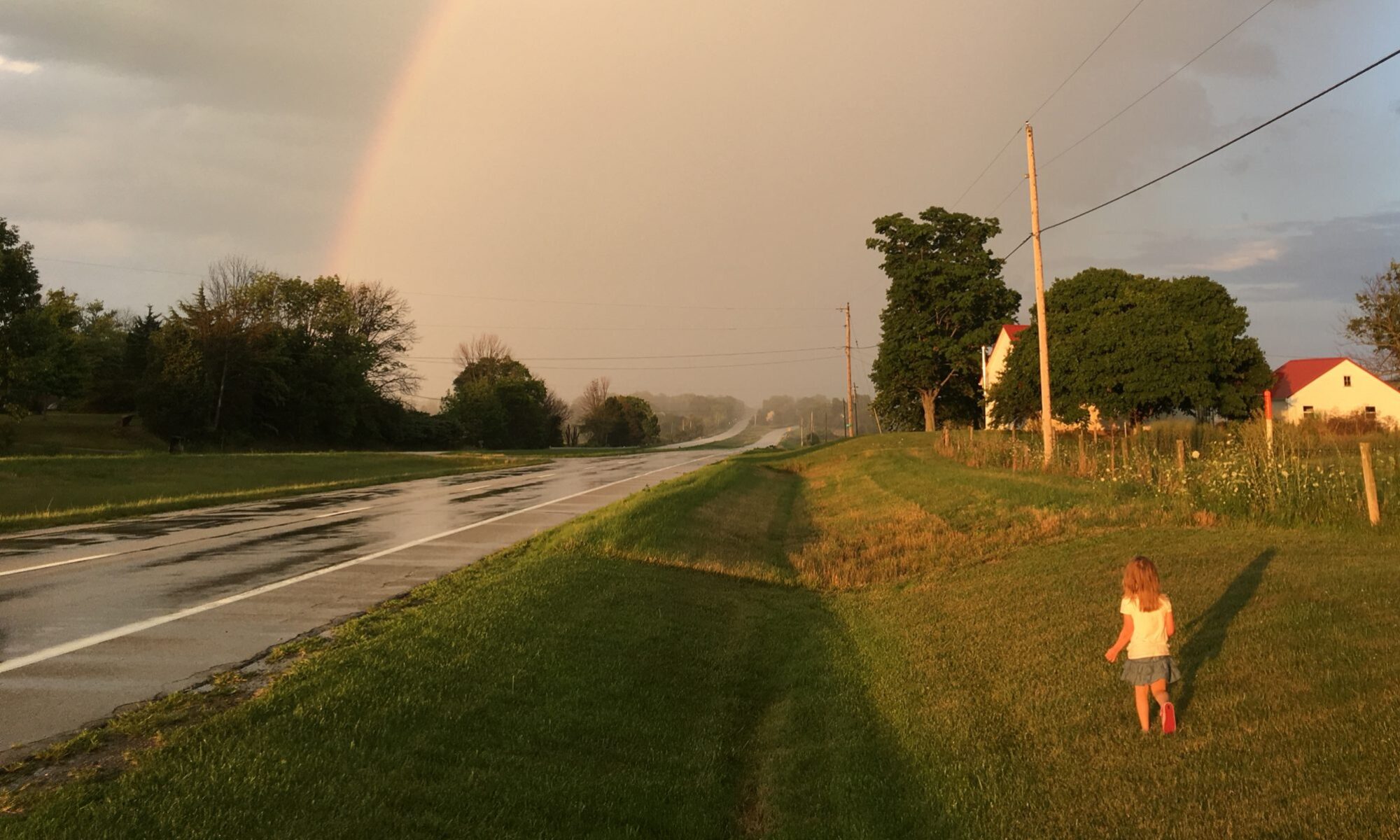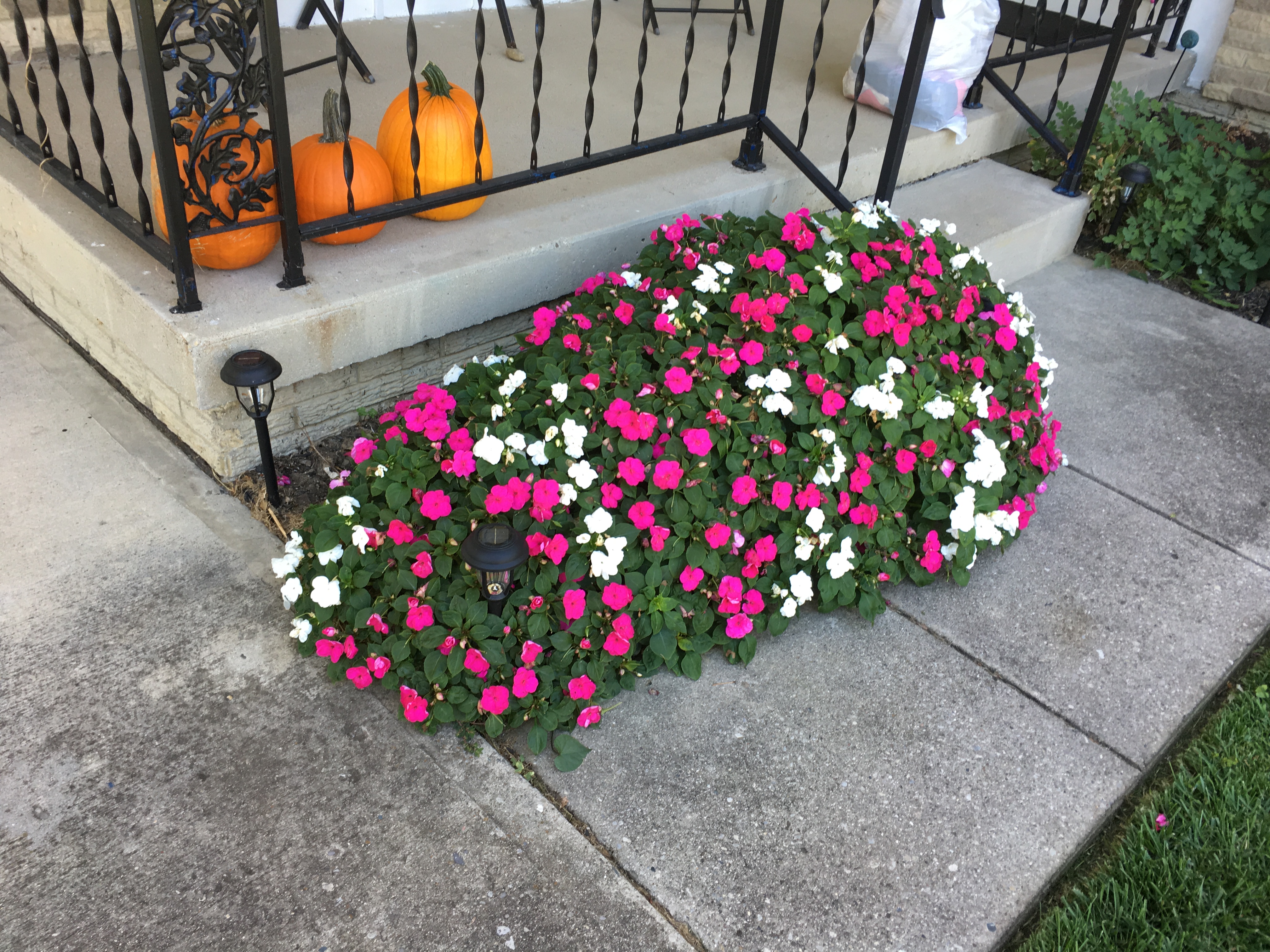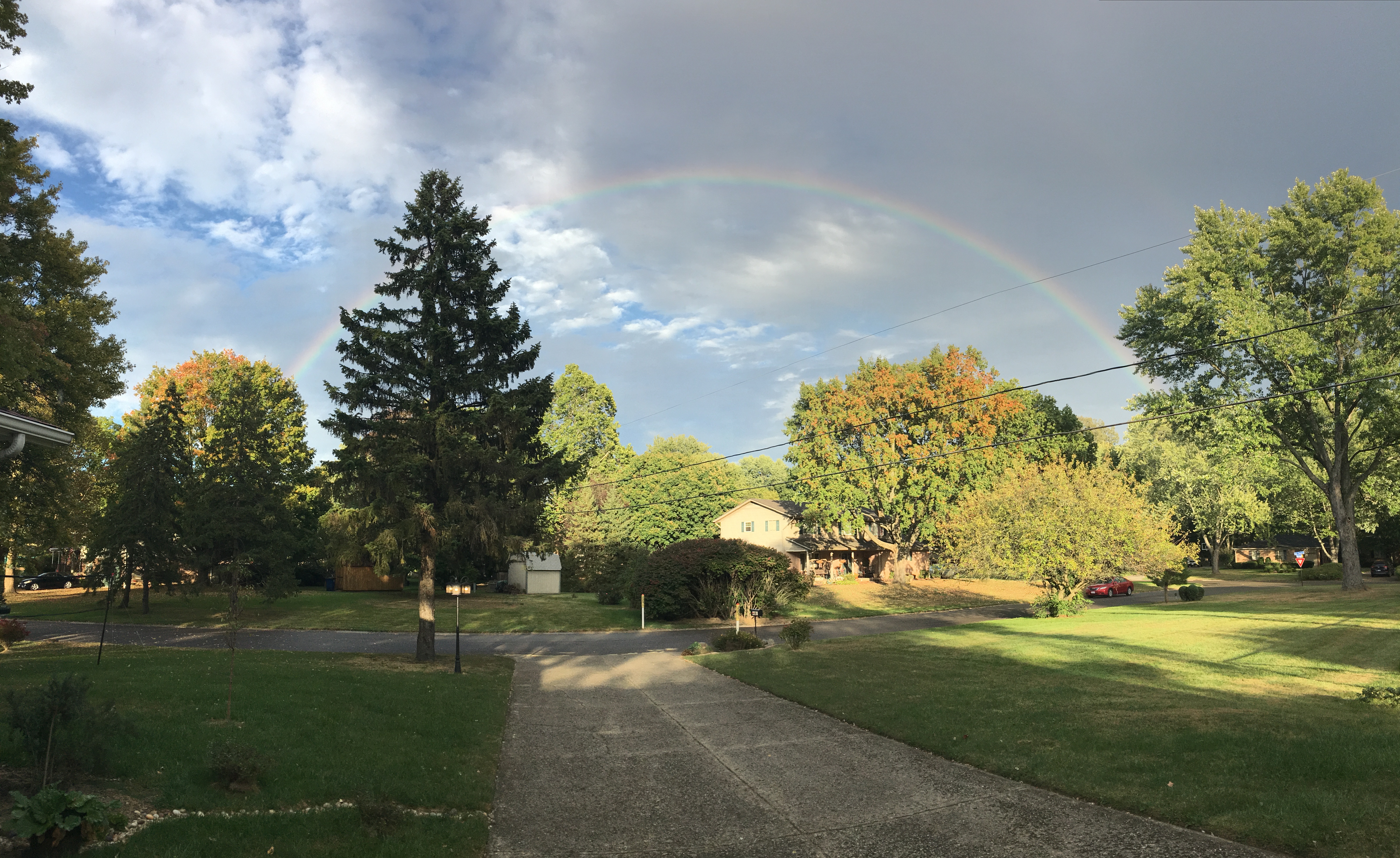 The newest Xbox Games with Gold freebie I grabbed was Battlefield 3. Aside from the most recent Battlefield 1 (which is so numbered as to designate its setting: World War I, rather than its chronology in the game series. Beats me), I had never played a Battlefield game before. At the height of my gaming, I was a Call of Duty guy. Even then, however, I just didn’t have the time to play both. But I vaguely knew about the rival franchise because whenever someone complained about Call of Duty, which was often, the criticism always preceded the threat that they were going to switch over to Battlefield (which they never did of course). So Battlefield was kind of like Canada after every election or major partisan issue here in the States.
The newest Xbox Games with Gold freebie I grabbed was Battlefield 3. Aside from the most recent Battlefield 1 (which is so numbered as to designate its setting: World War I, rather than its chronology in the game series. Beats me), I had never played a Battlefield game before. At the height of my gaming, I was a Call of Duty guy. Even then, however, I just didn’t have the time to play both. But I vaguely knew about the rival franchise because whenever someone complained about Call of Duty, which was often, the criticism always preceded the threat that they were going to switch over to Battlefield (which they never did of course). So Battlefield was kind of like Canada after every election or major partisan issue here in the States.
Anyway, I had some time on my hands since I was procrastinating mowing the lawn, and I thought I would buy the last Fallout 4 expansion: Nukaworld. But they still wanted $20 for it, so I said screw that. Instead, I checked the freebies, hence Battlefield 3. I booted the game and poured some vodka.
[SPOILERS]
The game begins with the standard calibration. First, adjust the slider brightness until the image is just barely visible. Oh ho game! Not you too! Nay, I adjusted the slider until the image was comfortably visible. My eyes certainly aren’t getting any younger.
The story begins with immediate violence and no explanation as to why. I mean, it’s a shooter, so presumably I’d be shooting people, but I generally like to know why. The abruptness also confused me into thinking I was watching an extended cutscene, but as it turns out it was just setting the stage for my immediate need of using said violence. I watched as my character jumped off a bridge and onto a moving train, breaks in the back window and beats some guy until he stops moving, then grabs his pistol. I also notice that my left wrist has a pair of handcuffs dangling off them. Hmm…mystery.
It’s quickly obvious that this is an intro designed to teach the game mechanics. By this point, game controls have become pretty standard. The only irritation with this game was that crouching was controlled with the right thumbstick–something I found unintuitive. Also, the sensitivity was pretty high, so I had to turn that down a bit.
I shoot a few guys with my pistol and they drop pretty quick, which is surprising considering that they appear to be wearing body armor. I’m prompted to pick up an AK-47 (ahh, the standard game terrorist weapon), which I then subsequently wield against the next enemy with all the finesse of a teenager trying to take the bra off his first girlfriend. Apparently, the sensitivity needed more tweaking.
At one point there was a shotgun wedged in a door, I guess to hold it shut. The game instructed me to pick it up, which I did, excited at the prospect of a more effective weapon. But this only served to trigger an instance. I get into a brawl and the guy disarms me, but I shove him out the window and pick up an AK-47 again, which I then immediately swap out for an AK-74. You’d think that it’d be wiser to equip a unit with the same caliber small arms, but what do I know? In short, I shoot a bunch of guys, go through a door, get disarmed and thrown onto the floor. Soeth ends the level.
The game starts a new cutscene, introduced by an ominous “a certain amount of time proceeding these events…” and then a shot of my character handcuffed and being interrogated. Ah! We’re Quentin Tarantinoing this. Okay, I can roll with that. Unraveling a mystery.
There’s a lot of back and forth about why I did what I did, and me suggesting that I did what I did because I needed to do what I did. Fascinating. Then, we flashback to a time preceding that. Apparently we’re Mementoing events too.
Why am I killing people (aside from this being a shooter)? Why am I being court-martialed? And will I ever figure out the ideal sensitivity setting? Tune in next time…
–Simon


 Of course, that nightmarish formula is more readily understood in its natural format: a spreadsheet, so naturally I’ve provided it along with instructions:
Of course, that nightmarish formula is more readily understood in its natural format: a spreadsheet, so naturally I’ve provided it along with instructions: